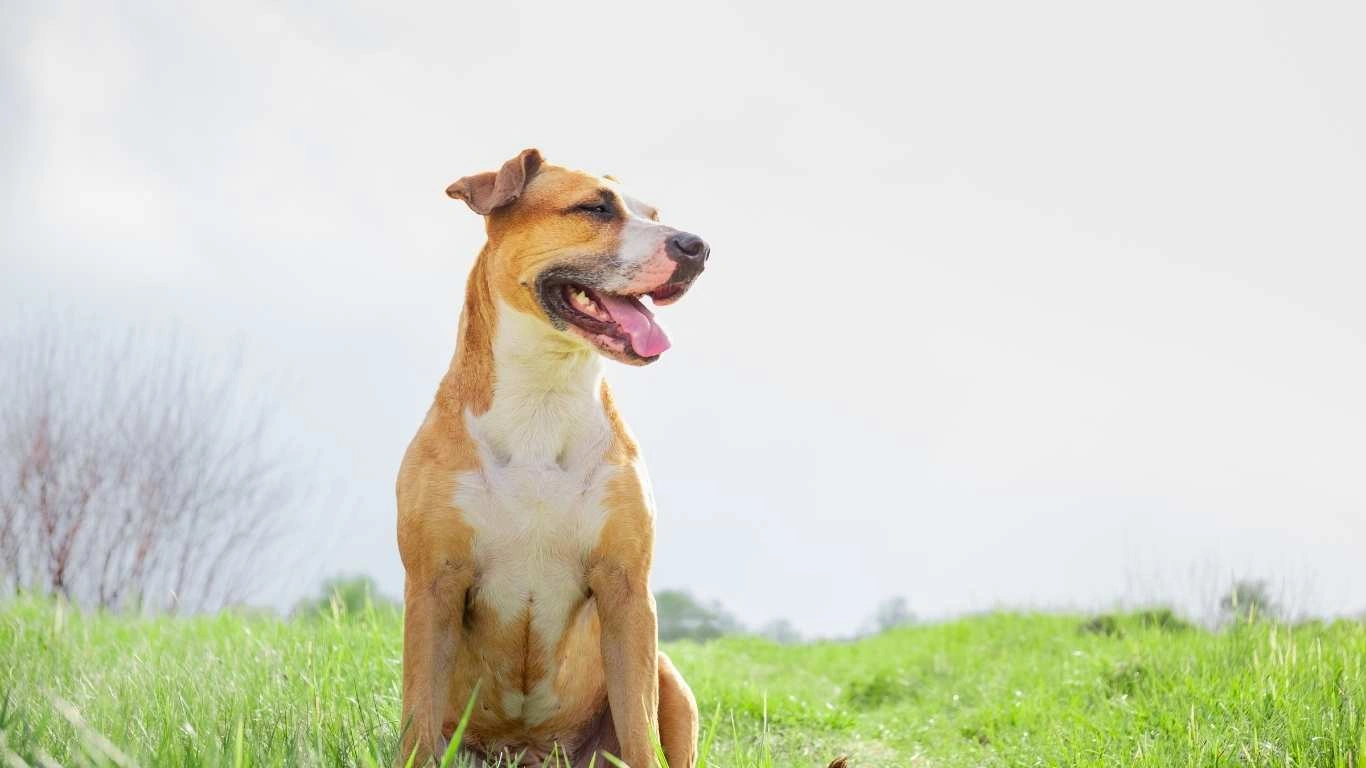Best Dog Food for High-Energy Dogs: Boost Their Performance with the Right Nutrition
If you have a high-energy dog, you know just how important it is to fuel their body with the right kind of food. Whether you’re racing through the park, hiking trails, or watching your dog zoom around the backyard, a high-energy lifestyle demands special attention to their diet. In my experience as an Animal Care Specialist at pet clinics and shelters, I’ve learned that not all dog foods are created equal, especially when it comes to the needs of active dogs. Choosing the best dog food for high-energy dogs can make a world of difference in your dog’s health, performance, and overall well-being.
Why High-Energy Dogs Need Special Nutrition
High-energy dogs—think Border Collies, Siberian Huskies, or even active mixed breeds—burn a lot of calories. Their daily activities require extra fuel to maintain their energy levels and support muscle recovery. And when you’re caring for a dog that’s constantly on the move, what goes into their bowl is just as important as the amount they’re eating. Not all dog food brands understand the unique nutritional needs of these pups, but the best options for high-energy dogs are packed with the right balance of protein, fats, and carbohydrates.
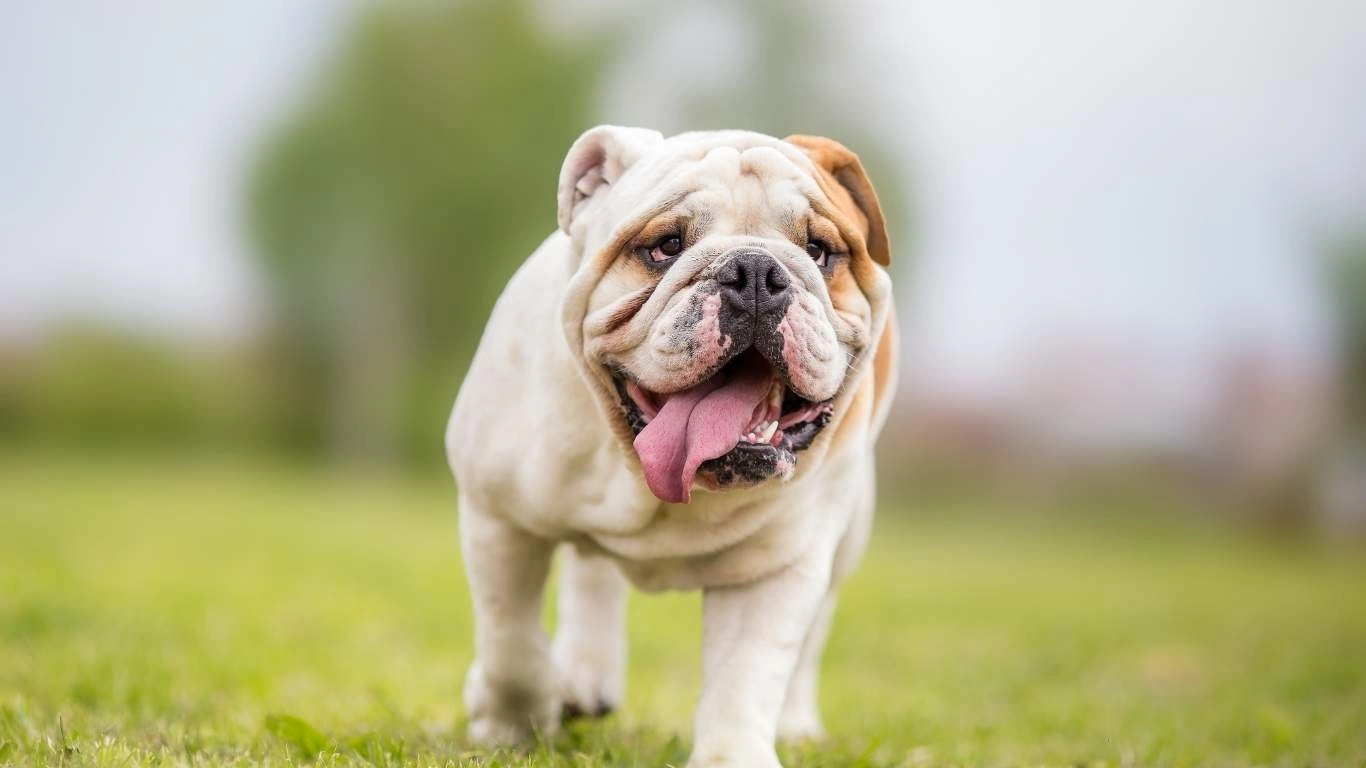
The Importance of Protein for Active Dogs
Protein is the building block of muscle and tissue, which is crucial for high-energy dogs. Dogs that run, jump, and play hard need protein not just for growth, but for repairing their muscles after exercise. Active dogs tend to have faster muscle turnover, meaning they need more protein than less active dogs.
In my work with dogs, I’ve seen a clear link between higher-quality, protein-packed foods and improvements in energy levels, muscle mass, and coat condition. When selecting dog food, look for animal-based protein sources like chicken, beef, lamb, or fish. These proteins provide the essential amino acids your dog needs for optimal health.
- Chicken is an excellent source of lean protein.
- Beef offers rich, muscle-building nutrients.
- Fish provides omega-3 fatty acids, which help reduce inflammation and support joint health.
Fat: The Energy Source Your High-Energy Dog Needs
When it comes to fueling your high-energy dog, fat is just as important as protein. In fact, fat is a more efficient source of energy than carbohydrates. While carbs are needed for energy, fat provides a more sustained release, which helps active dogs stay energized throughout the day. But not all fats are equal, so you’ll want to choose foods that feature healthy fats like those from fish oils or chicken fat.
I often recommend dog foods with moderate to high levels of fat content, particularly for dogs engaged in endurance activities. This type of fat will provide long-lasting energy, especially for dogs that work or participate in high-intensity sports.
- Fish oils provide DHA and EPA, which benefit the coat, skin, and cognitive health.
- Chicken fat is a good source of omega-6 fatty acids, promoting healthy skin and coat.
Carbohydrates: Fuel for Performance
While protein and fat get most of the attention when it comes to high-energy dogs, carbohydrates also play a significant role. Carbs provide a quick energy source, which can be essential for dogs involved in intense bursts of activity. However, you don’t want just any carbs. Look for whole grains, sweet potatoes, and peas, which offer a more stable release of energy compared to empty carbs like corn or wheat.
One thing I’ve noticed while working at shelters is that dogs with a well-balanced diet—including high-quality carbs—tend to recover from physical exertion faster. They don’t tire out as easily, and they seem more ready to go for the next round of play or exercise.
- Sweet potatoes are a great source of fiber and slow-burning carbs.
- Whole grains like brown rice provide energy without spiking blood sugar.
- Peas are another excellent carb choice, offering both energy and fiber.
How to Choose the Best Dog Food for High-Energy Dogs
Now that we know the essentials—protein, fat, and carbohydrates—let’s dive into how to choose the right food for your high-energy dog. In the pet care industry, I’ve seen some amazing transformations in high-energy dogs who are switched to a more appropriate diet. They become more focused, their coats shine brighter, and their stamina improves. But finding the right balance isn’t always as easy as reading the label. Here are a few key things to look out for:
Look for Animal-Based Proteins
As mentioned earlier, animal-based proteins should be the first ingredient in any high-quality dog food. It’s a good rule of thumb to make sure the food contains named protein sources—like “chicken” or “beef” rather than just “meat” or “poultry meal.” This ensures that your dog is getting a high-quality protein that is easier to digest and provides all the essential amino acids.
Check the Fat Content
When shopping for dog food for an active dog, don’t be afraid to choose a formula with higher fat content. Active dogs need fat for energy, so look for foods that contain around 18-30% fat. Again, the fat should come from quality sources, like fish oil or chicken fat, to ensure your dog’s health is supported in the long run.

Top Dog Food Recommendations for High-Energy Dogs
As we’ve discussed, choosing the right food for your high-energy dog is crucial for keeping them in top shape, whether they’re running in the yard, participating in agility training, or just living an active life. But with so many options out there, it can be tough to know where to start. Based on my experience in shelters and pet clinics, I’ve seen first-hand which brands consistently meet the nutritional needs of high-energy dogs. Here’s a breakdown of some of the best dog food options available:
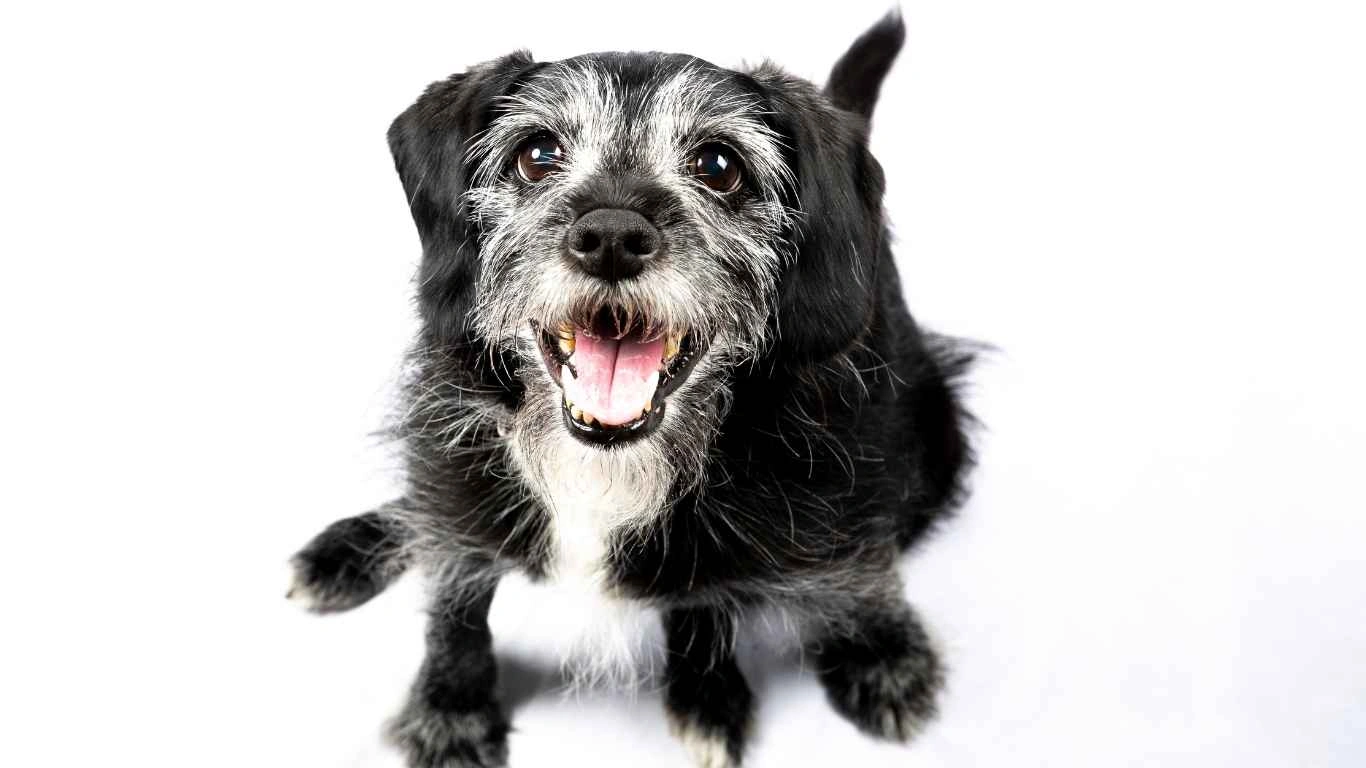
1. Blue Buffalo Wilderness High-Protein, Natural Adult Dry Dog Food
Blue Buffalo is a brand I’ve recommended time and time again for active dogs. Their Wilderness High-Protein formula is designed to mimic the natural diet of wild canines. The recipe includes real chicken as the first ingredient, and it’s packed with protein (30%) to help build and maintain muscle mass. What makes this food stand out is its mix of healthy fats and carbohydrates, ensuring your dog gets a steady supply of energy for their daily activities.
What I love about Blue Buffalo is their commitment to high-quality ingredients. You won’t find any by-products, fillers, or artificial preservatives here. It’s a reliable choice that keeps dogs lean, muscular, and energized.
2. Orijen Original Dry Dog Food
If you’re looking for a premium, high-energy dog food, Orijen is one of the best options. Orijen’s Original formula is loaded with 85% animal ingredients, including free-run chicken, turkey, and wild-caught fish. This high protein content (38%) combined with rich fats from fish oil and chicken fat makes it ideal for active dogs who need sustained energy throughout the day.
What’s especially impressive is the brand’s use of fresh, regional ingredients. Orijen’s food is biologically appropriate, meaning it’s designed to mirror the natural diet of a dog’s wild ancestors, which is why I trust it so much when caring for high-energy dogs. Dogs just seem to thrive on it.
- 85% meat content, including high-quality protein sources.
- Rich in omega fatty acids for joint and skin health.
- Perfect for dogs who need a high-protein, low-carb diet.
3. Hill’s Science Diet Adult Active Longevity
Hill’s Science Diet has long been a trusted brand in the veterinary world, and for good reason. Their Adult Active Longevity formula is designed for dogs with high levels of activity, offering a balance of protein, fat, and fiber to support an active lifestyle. The food is easy to digest and provides optimal energy without overloading your dog with unnecessary calories.
One thing I’ve noticed in shelter dogs on this formula is an improvement in their overall stamina. It’s a great choice for dogs that engage in moderate-to-high-intensity activities and need food that helps them recover efficiently.
- High-quality protein from chicken to support lean muscle mass.
- Contains antioxidants to support immune function and healthy aging.
- Optimal calorie content to support active dogs without excess weight gain.
4. Taste of the Wild High Prairie Canine Recipe with Roasted Bison & Roasted Roam
For dogs with more specific protein needs, I recommend Taste of the Wild’s High Prairie formula. With roasted bison and roasted roasted lamb, it provides a novel protein source that helps reduce food allergies and sensitivities while keeping your dog’s diet interesting. The high protein content (32%) is complemented by healthy fats like omega-3 and omega-6 fatty acids from fish and flaxseed, perfect for promoting healthy skin, coat, and joint health.
In my experience, dogs fed Taste of the Wild seem to have more energy, and their coats become shinier and healthier. If your high-energy dog has a sensitive stomach or allergies, this is a great option.
- Novel protein sources help reduce allergies and digestive issues.
- Includes probiotics for healthy digestion and gut health.
- Contains sweet potatoes and peas for fiber and sustained energy release.

What to Avoid in Dog Food for High-Energy Dogs
While it’s easy to focus on the “must-have” ingredients in dog food, it’s just as important to know what to avoid. There are a lot of products on the market that promise big results, but in reality, they don’t meet the nutritional needs of your high-energy dog. As an Animal Care Specialist, I’ve seen firsthand the effects of feeding low-quality dog food to active dogs—such as lethargy, digestive issues, and poor coat condition. So, let’s talk about the ingredients you should steer clear of:
1. Low-Quality Fillers (Corn, Soy, Wheat)
High-energy dogs need real nutrition, not filler. Ingredients like corn, soy, and wheat are cheap sources of carbohydrates, but they don’t provide the essential nutrients your dog needs for muscle growth and sustained energy. These fillers can also lead to digestive issues and allergic reactions in some dogs, which I’ve seen plenty of times at the clinic.
Whenever I recommend food to pet parents, I always advise avoiding products with corn, soy, and wheat as primary ingredients. Look for food that uses real grains like brown rice, quinoa, or oatmeal instead. These whole grains are easier to digest and provide better energy.
2. Artificial Preservatives and Colors
Another thing I always caution against is artificial preservatives, flavors, and colors. Dogs don’t need synthetic additives in their food, and frankly, they don’t add any nutritional value. Ingredients like BHA, BHT, and ethoxyquin are known to be harmful in the long term, so it’s always a good idea to avoid these chemicals whenever possible.
In fact, I’ve noticed that when I switch dogs off foods with these artificial ingredients, they often become more energetic, their coats improve, and their digestive health seems to get back on track. Always check the label to make sure there are no artificial preservatives or colorings in the mix.
3. By-Products and Meat Meals
By-products and meat meals are another red flag. These terms are often used to describe inferior quality meat or scraps left over from the meat industry, and while they may sound like they’re “meat,” they’re not what high-energy dogs need. Look for food that specifies high-quality, named proteins like “chicken” or “beef,” rather than vague terms like “meat meal” or “poultry by-product meal.”
In my work, I’ve seen a lot of dogs become sluggish or even suffer from skin irritations when fed foods containing these lower-quality ingredients. Don’t settle for anything less than the best when it comes to your dog’s food.
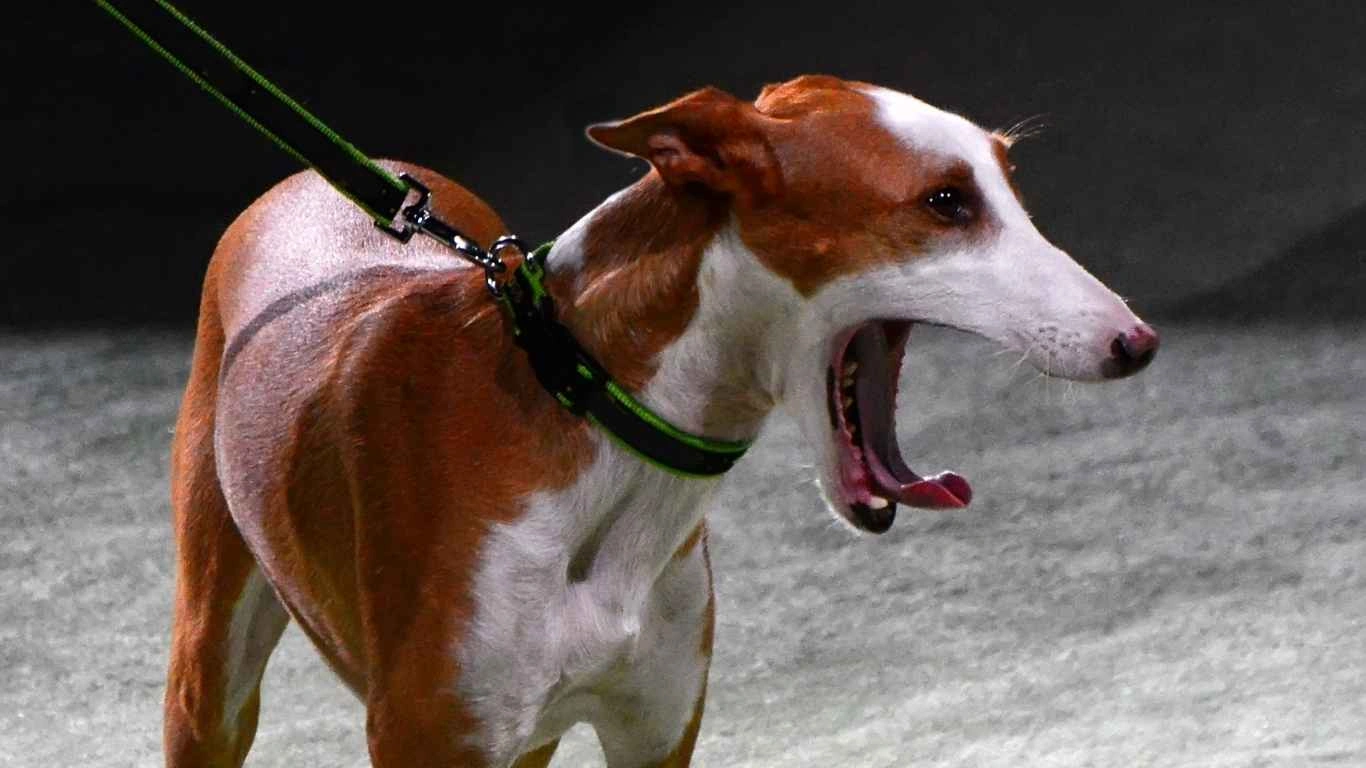
Maintaining a Balanced Diet for High-Energy Dogs
While finding the best dog food for high-energy dogs is a crucial step in supporting their active lifestyle, it’s only part of the equation. As an Animal Care Specialist, I’ve seen how important it is to not just focus on food, but also to keep a consistent routine and ensure your dog’s overall well-being. Along with the right diet, exercise, hydration, and regular check-ups play key roles in keeping high-energy dogs in tip-top shape.
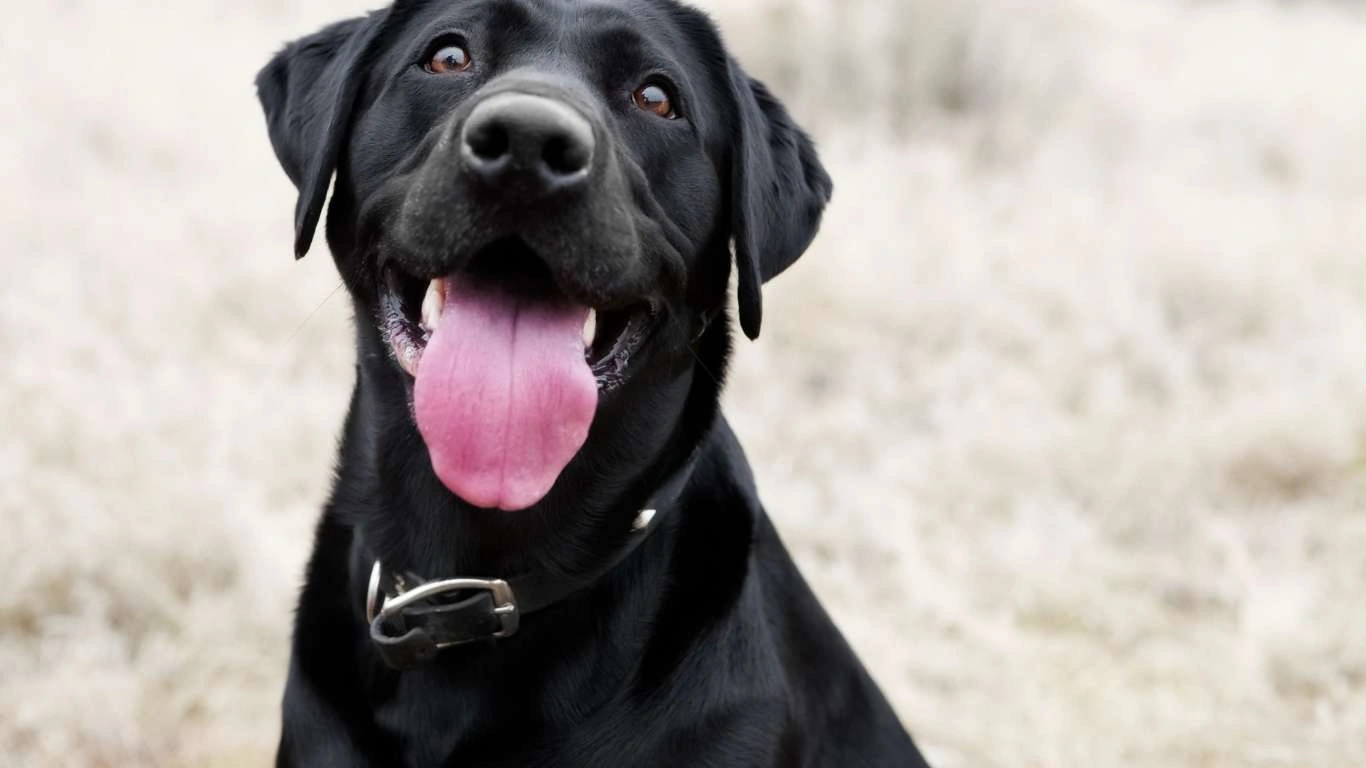
1. Consistent Exercise is Key
No amount of dog food can replace the need for regular physical activity, especially for high-energy dogs. I can’t tell you how many times I’ve seen dogs who are fed perfectly balanced, high-quality food but still struggle with weight gain or behavioral issues simply because they aren’t getting enough exercise.
Exercise isn’t just about walking around the block; it’s about challenging your dog both mentally and physically. Whether it’s running, playing fetch, or participating in dog sports like agility, giving your dog the right outlet for their energy is essential for their health. In shelters, I’ve seen significant improvements in dogs’ behavior and energy levels when they’re given a proper exercise routine along with their meals.
- Interactive play like fetch or tug-of-war.
- Dog sports such as agility or flyball.
- Long walks or jogs to burn excess energy.
2. Hydration is Crucial
Just like humans, dogs need plenty of water to stay hydrated, especially when they’re exerting a lot of energy. Hydration supports digestion, muscle function, and overall vitality. During my time working in shelters and clinics, I’ve seen how easy it is for owners to overlook hydration, especially when it’s hot outside or after intense exercise.
Ensure your dog always has access to fresh water throughout the day. For high-energy dogs, I recommend providing water immediately after exercise to aid in recovery. You might also consider adding wet food to their diet, as it can help keep them hydrated while offering a delicious, protein-packed meal.
3. Regular Vet Check-ups
No matter how healthy the food is or how much exercise your dog gets, regular check-ups with a trusted veterinarian are essential. I can’t stress this enough—health issues can sneak up on high-energy dogs, and catching them early can make all the difference.
During vet visits, make sure to discuss your dog’s diet and physical activity levels. A good vet will be able to suggest tweaks to their routine and make sure there aren’t any hidden health concerns. For high-energy dogs, certain conditions—like joint problems or heart issues—can go unnoticed if not regularly monitored. By staying proactive, you’ll be able to catch any potential health issues before they become serious problems.
Supplements to Consider for High-Energy Dogs
While most of your dog’s nutrition should come from their food, some high-energy dogs may benefit from supplements to enhance their overall health. From joint support to additional omega fatty acids for better coat and skin, here are a few supplements that can complement your dog’s diet:
1. Joint Support Supplements
If your dog is constantly running, jumping, and playing, it’s important to support their joints with the right supplements. Ingredients like glucosamine and chondroitin are commonly found in joint support supplements, and they help maintain cartilage and reduce inflammation. This is especially important for breeds prone to joint problems, like the Labrador Retriever or German Shepherd.
I’ve seen great results with joint supplements in active dogs, especially those that might have started to show signs of stiffness after intense exercise. If your dog is showing any signs of discomfort or stiffness, talk to your vet about adding joint support supplements to their routine.
2. Omega Fatty Acids
High-energy dogs tend to have faster metabolism rates, which means they can sometimes need additional support for skin, coat, and cognitive health. Omega-3 and omega-6 fatty acids are great for promoting a healthy, shiny coat and reducing inflammation in active dogs. Fish oil supplements are an excellent source of these essential fatty acids, and I’ve noticed a real difference in the dogs I’ve worked with after adding them to their diet.
Supplements like these are particularly beneficial during shedding seasons or for dogs who are prone to dry skin or allergies. If your dog has a thick coat that needs regular care, omega fatty acids can work wonders for keeping it in peak condition.
3. Probiotics for Digestive Health
Digestive health is another area that can make or break your high-energy dog’s overall wellness. Active dogs need a diet that supports their digestive system, and sometimes, adding a probiotic supplement can help maintain a healthy gut. Probiotics help with digestion, reduce gas and bloating, and can even improve your dog’s immune system.
Based on my experience, probiotics are particularly useful for dogs who are transitioning to new foods or for those who suffer from digestive upset after intense physical activities. These supplements are generally safe and can easily be mixed into your dog’s food.
References
- American Kennel Club (AKC) – akc.org
- PetMD – petmd.com
- National Institutes of Health (NIH) – nih.gov
- Health.com – health.com
Disclaimer
The information provided in this article is based on personal experience and research gathered from credible sources within the pet care and veterinary fields. While the advice shared here can be useful for many high-energy dogs, it’s important to consult with your veterinarian before making any significant changes to your dog’s diet or exercise routine. Every dog is unique, and your vet can offer personalized recommendations to meet your dog’s specific health needs.
